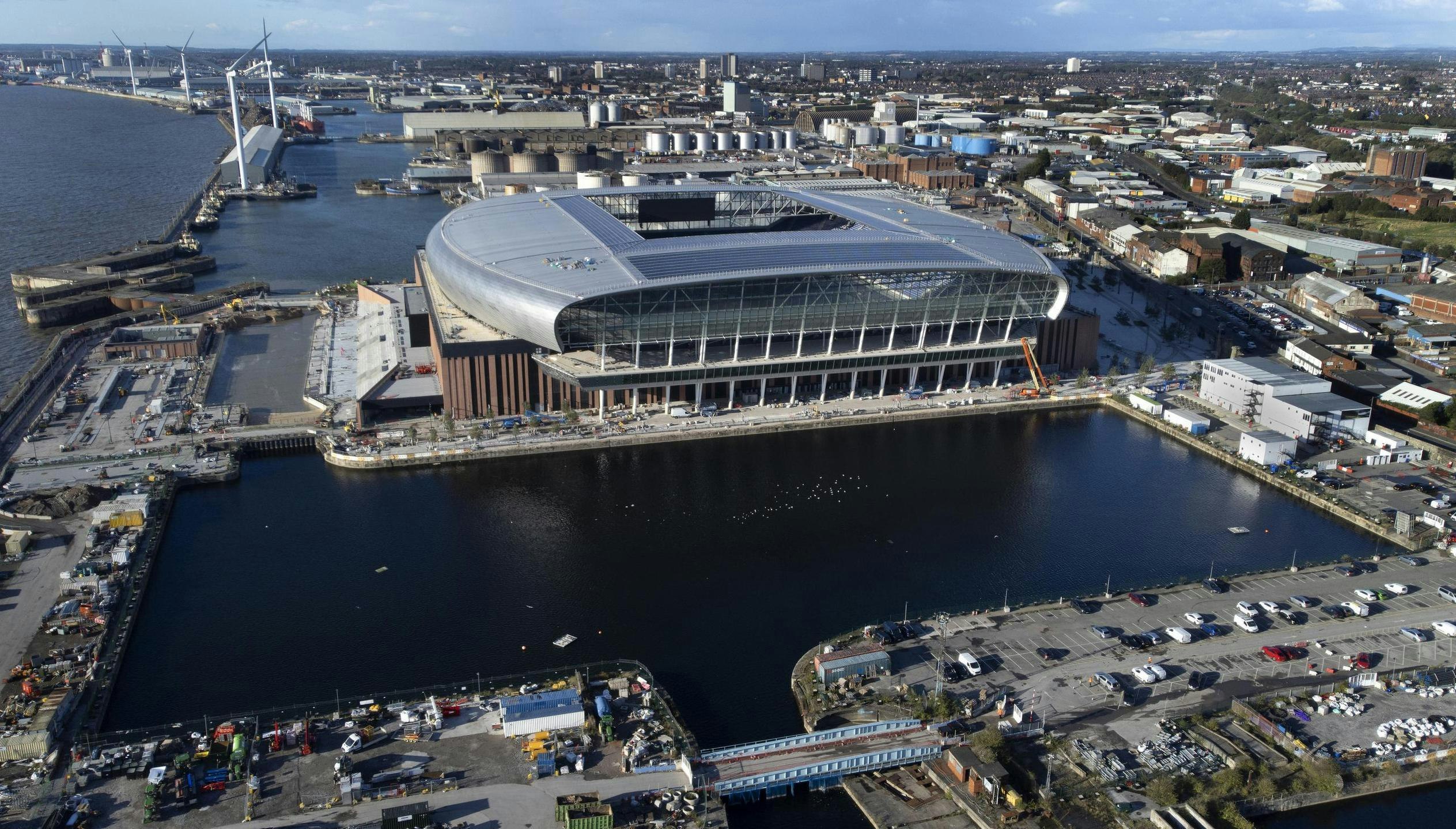This article is taken from the May 2025 issue of The Critic. To get the full magazine why not subscribe? Right now we’re offering five issues for just £10.
The great American football coach Vince Lombardi famously said, “Winning isn’t everything: it’s the only thing.” For the millions of Evertonians who’ve passed through the turnstiles of Goodison Park these past 133 years, Rudyard Kipling’s dictum about treating triumph and disaster just the same may seem more appropriate: the club has won nine league titles but none since 1987, and it’s 30 years since their last trophy of any kind, the 1995 FA Cup.
When Goodison hosted its first league game, against Nottingham Forest in September 1892, Queen Victoria was on the throne and William Gladstone had just begun his fourth and final stint as prime minister. Next month, Goodison will close its gates for good after Everton’s last home match of the season against Southampton.
It’s the oldest stadium in the league, it has hosted more English top-flight games than any other and it’s the most special of places: a cathedral in and of its community, a mothership hard up against streets of terraced houses. The writer Alexandra Topping talks of “the staccato clatter of wooden seats flipping skyward as a player runs down the wing, the deep rumble of feet pounding on planks: a thundering drumbeat that vibrates through the legs, up into the torso, direct to the heart”.
Opposing players love and fear it in equal measure. Paul Merson said it was “like walking out into a gladiator arena. You were so closed in, it felt like everybody was on top of you, as if you were being suffocated”. Nicky Marker described “a huge wave of sound lifting from the ground like a tsunami. It was frightening. It was like, here it comes again, boys. Heads down, helmets on, dig in. It was an atmosphere I’ll never forget”.
It’s these qualities which Dan Meis, the architect of Everton’s new £760m, 53,000-seater stadium at Bramley-Moore dock, has been at pains to retain. “It wasn’t about a shiny new building. It was ‘how do we move without losing that energy, that magic?’”

Few Evertonians want to leave Goodison, but they accept the need to do so: the Grand Old Lady is way past her best, and the new stadium can bring in much more revenue. It’s the transition the fans are wary of, the fear that any new place will be an objectively better but fundamentally soulless upgrade.
Arsène Wenger described the feel of the old Highbury as “the spirit of those who had gone before us and the spirit we had tried to give it. I knew that we would never completely find this spirit elsewhere. It was like comparing one of those old houses that is no longer fit for purpose but where we feel totally at home, even though the heating does not work properly, with an ultramodern, practical house where we always feel a bit like an outsider.”
If the reactions of those who’ve attended events at Bramley-Moore are anything to go by, however, Meis has squared this almost impossible circle. “Stands right on top of the pitch, the roof right over your head. People will be shocked by how that transcends into noise. It will be deafening,” he says.
The only thing Bramley-Moore won’t have, at least to start with, is history. It will have to piggyback on Goodison’s, and boy does it have a lot to choose from. The Z-Cars theme tune and the toffee lady in her apron and bonnet. Coming from behind to beat the mighty Bayern Munich in 1985 on a night where nobody wanted to go home. The first match after Hillsborough four years later, fences removed and rival fans sitting intermingled in solidarity; and the Merseyside derby two years after that, Liverpool going ahead four times and Everton pegging them back each time.
Barry Horne’s 30-yard screamer to stave off relegation in 1994. An 89th-minute winner against Arsenal in 2002 from a 16-year-old prodigy and Clive Tyldesley’s immortal commentary: “instant control, fancies his chances … Oh! Brilliant goal, a brilliant goal! Remember the name: Wayne Rooney.”
And this season, one final, indelible moment. Deep into injury time in Goodison’s final Merseyside derby: Liverpool leading 2–1, Everton pressing. Noise cascading down from the stands. Vitaliy Mykolenko hoists a high cross into the Liverpool area: put it in the mixer, drop the grenade, cause havoc. Beto and Ibrahima Konaté tussling. The crowd yearning, their sound now a high animal keening, as though by force of will alone they can suck the ball into the net.
The ball bounces. Tim Iroegbunam heads it on for James Tarkowski, captain and stalwart, ten yards out at the far post. Ever heard an entire stadium gasp at once? Tarkowski draws back his foot and hammers it: a thunderbolt into the roof of Alisson’s net. The nuclear detonation of the noise, the frenzy of thrashing limbs in the Gwladys Street End. Tarkowski running in giddy, demented circles, grabbed by his teammates, by spectators who’ve rushed onto the pitch, by anyone within touching distance in this joyous madness.
This is what it means to be at Goodison, to be part of something so huge, to lose yourself in the very same place you find yourself. This is what it means: to hope, to feel, to belong. It’s just an equaliser, sure. It’s won nothing. But in this moment it is everything, and it is the only thing.







